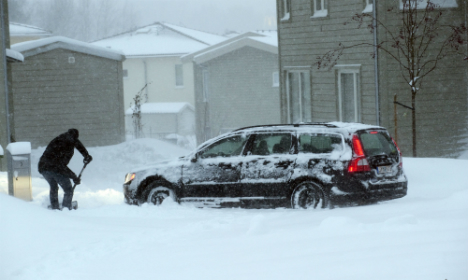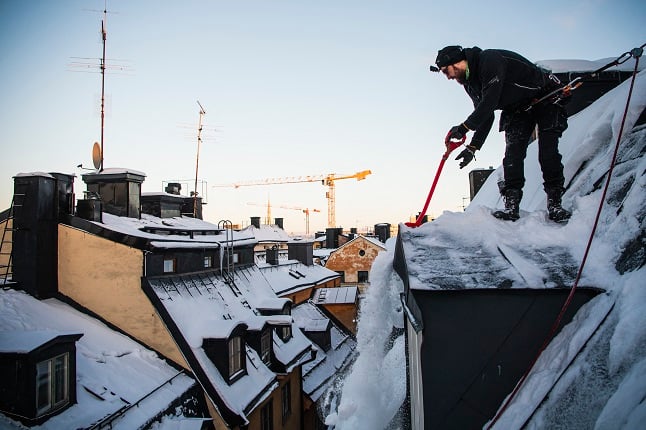“It looks as if winter will be here for real,” Nils Holmqvist, a meteorologist working for national broadcaster SVT said on Sunday, saying central Sweden is likely to get most of the snowfall which is forecast for early this week.
“It’s possible that they will go from no snow at all to between 20 to 30 centimetres in the matter of 12 hours,” he said.
He added that the snow, although the first of the season and therefore often melts away quickly, is likely to stay.
“There are colder winds moving down (the country) after the depression has passed which means that the snow will remain.”
Holmqvist said more snow is expected for next weekend, but said it will hit southern Sweden.
“Winter is coming,” he said, in English.



 Please whitelist us to continue reading.
Please whitelist us to continue reading.